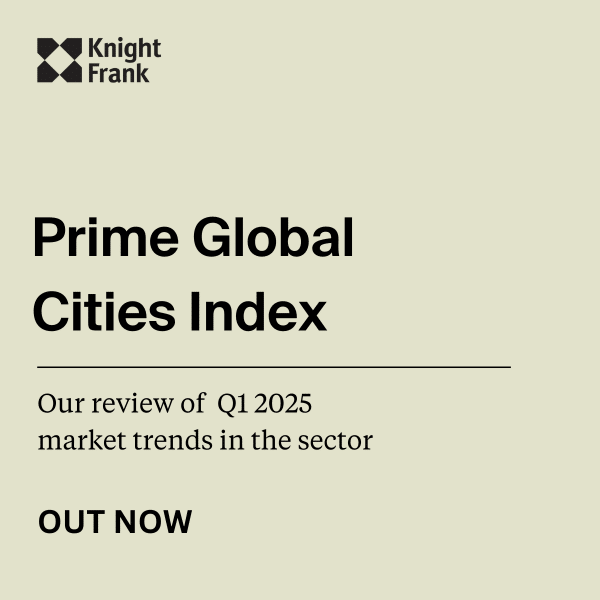Spain comes out of recession

While certain parts of the country, notably Marbella, have been showing strong signs of recovery since last year, Spain as a whole was expected to come out of recession in the fourth quarter of 2013. In actual fact it did so a quarter earlier, registering a tiny growth of 0,1% in the three months from July to September that eradicated a contraction of 0,1% in the preceding period. An acceleration of this growth is now predicted for the final quarter of the year, almost nullifying any negative growth that happened during the first half of 2013.

This allows the country to start with a relatively clean slate in the new year, after a long period of over two years during which the Spanish economy shrank. While this may be a poorer showing than most of Europe, it appears that the worst is now over. The European financial system has largely been shored up and stabilised, and now through the virtually unlimited ability of the European Central Bank to buy up national bonds from those countries that need a shot in the arm, the Eurozone has found its own means of quantitative easing.
Spain has taken the message on board that in the future much of its progress will depend on its ability to successfully export its products and services to a global market, and national leaders in this field have been paving the way for others to follow. This is especially true of sectors such as sanitary ware, construction materials, textiles and agricultural produce, while supermarket chains, software and alternative energies are also making their contribution to a rapidly improving balance of trade. The country is by no means out of the forest, so to speak, but it is heading in the right direction.
Tourism is another sector that has been leading the way to recovery, with quality destinations such as Marbella breaking year-on-year records for the past three years running. The real estate market too is showing signs of recovery, most notably in desirable locations such as Mallorca and Marbella, where the stock of unsold property has largely been absorbed by steadily rising demand and prices are now stabilising. Many properties remain unsold in less attractive areas, and here stock remains plentiful and prices continue to be under pressure in order to attract a buying public. Even so, foreign direct investment in Spanish real estate passed 2,8 billion euros – the highest figure recorded in nine years! This comes amid reports indicating that foreign investment funds could be getting ready to spend upwards of 14 billion euros in Spain over the coming years.
For regions such as Marbella, growth has already returned and unemployment continues to fall, standing now at levels well below the national average. Though the province of Málaga started with an unemployment level (34%) above the national mean, it too has seen its biggest rise in employment levels since the recession took hold in 2009, and the prospects for next year promise encouraging growth and employment rates in the province and city as a whole, no doubt driven by the strength of the Marbella revival and large-scale projects such as the impending construction of a new marina and cruise terminal there. After many tough years it seems Spain is emerging from the shadows of recession once more.
Pia Arrieta, 07 Nov 2013 - Intelligence
Related Articles

Why do resale properties still dominate the market?
5 min. read · Pia Arrieta

Knight Frank: Global Super Prime Intelligence Report Q1 2025
1 min. read · Pia Arrieta

Prime Global Cities Index Q1 2025
2 min. read · Pia Arrieta

The Wealth Report 2025
2 min. read · Pia Arrieta